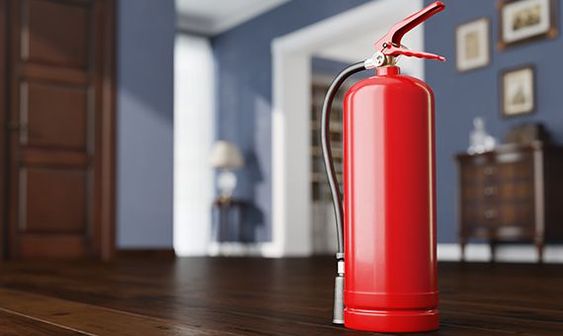Fire retardant plywood plays a crucial role in enhancing the safety of buildings, making it a popular choice in various construction projects. To help you understand this specialized material better, we’ve compiled a list of 10 frequently asked questions about fire retardant plywood.
1. What is Fire Retardant Plywood?
Fire retardant plywood is a specially treated wood product designed to resist the spread of fire. Unlike regular plywood, it undergoes a treatment process that involves the application of fire-resistant chemicals.
2. How Does Fire Retardant Plywood Work?
The effectiveness of fire retardant plywood lies in its ability to slow down the combustion process. The applied chemicals create a barrier that hinders the ignition and spread of flames, providing valuable time for evacuation and firefighting efforts.
3. Where is Fire Retardant Plywood Used?
Fire retardant plywood finds its application in areas where fire safety is paramount. Common uses include interior walls, ceilings, and flooring of buildings where fire protection is a critical consideration.
4. Is Fire Retardant Plywood Code-Compliant?
Yes, many building codes and standards mandate the use of fire retardant materials in specific construction scenarios. It is essential to check local building codes to ensure compliance with regulations.
5. How Durable is Fire Retardant Plywood?
Fire retardant plywood maintains the structural integrity of regular plywood while providing added fire resistance. It is durable and performs well over time, making it a reliable choice for various construction projects.
6. Can Fire Retardant Plywood be Painted or Stained?
Yes, fire retardant plywood can be painted or stained. However, it’s crucial to use products compatible with the fire-resistant treatment to maintain its effectiveness. Consult with the manufacturer for suitable finishes.
7. Are There Different Types of Fire Retardant Treatments?
Yes, there are various fire retardant treatments available, each tailored to specific needs. Some treatments may be more suitable for interior applications, while others offer enhanced protection for outdoor use.
8. How Does the Cost of Fire Retardant Plywood Compare to Regular Plywood?
Fire retardant plywood is generally more expensive than regular plywood due to the specialized treatment process. However, the increased cost is often justified by the added safety benefits, making it a worthwhile investment in certain applications.
9. Can Fire Retardant Plywood be Used Outdoors?
While fire retardant plywood is primarily designed for indoor use, there are formulations suitable for limited outdoor applications. It’s essential to consult with the manufacturer to determine the product’s suitability for specific outdoor conditions.
10. How Can I Maintain Fire Retardant Plywood?
Maintaining fire retardant plywood involves regular inspections and adherence to recommended maintenance practices. Avoid exposing it to excessive moisture, and promptly address any damage to ensure continued fire resistance.
In conclusion, understanding the ins and outs of fire retardant plywood is crucial for making informed decisions in construction projects. Prioritizing safety with the use of this specialized material contributes to the overall fire resilience of buildings.
Ensure your projects align with local building codes and regulations, and don’t hesitate to consult with professionals for specific guidance on the use of fire retardant plywood.
